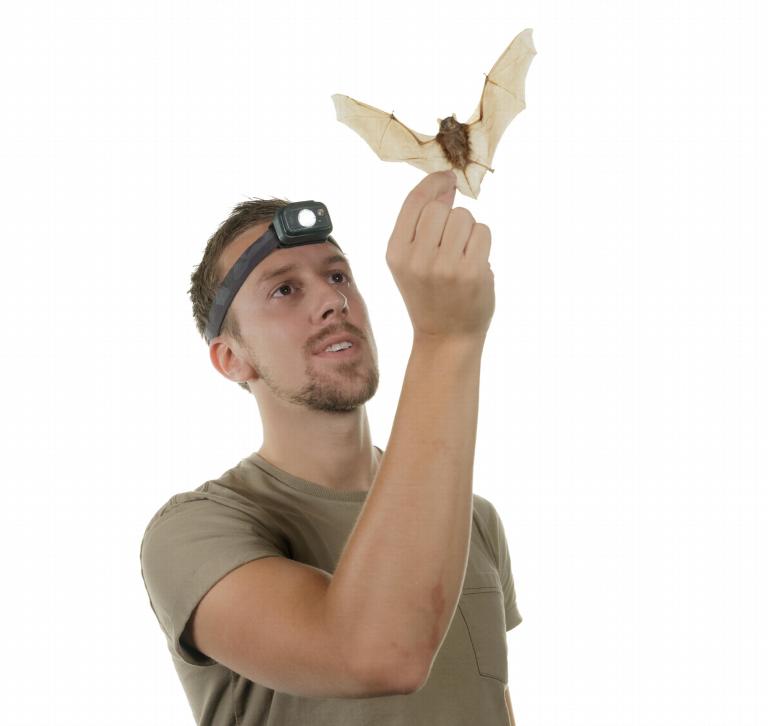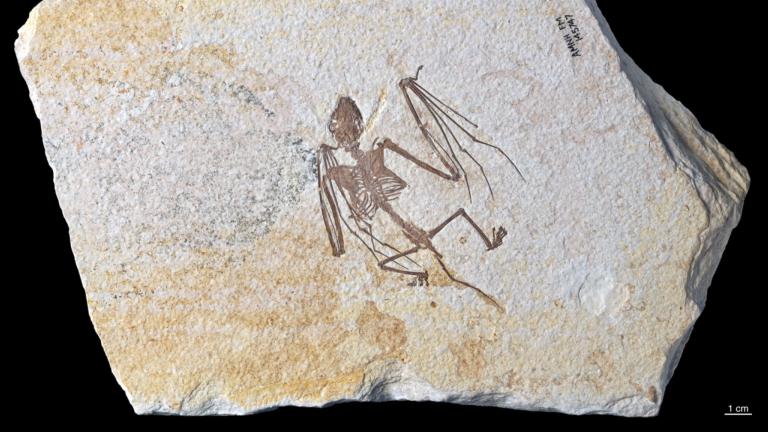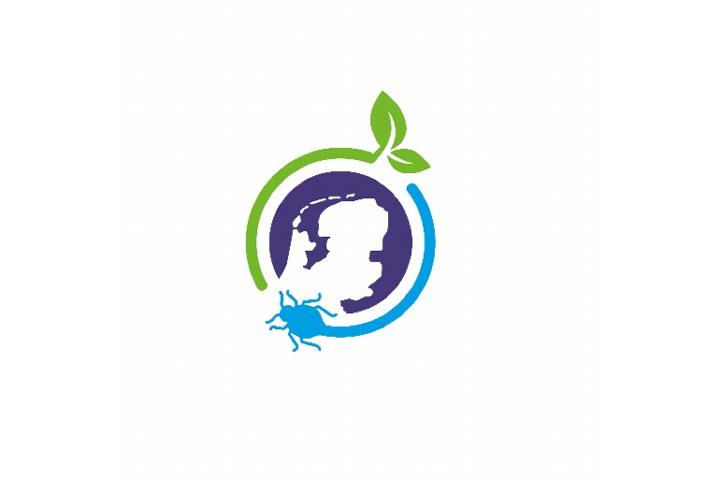
As an evolutionary biologist/palaeontologist with a broad interest in bat evolution I study the oldest fossil bat remains by using the newest state-of-the-art techniques. I also work as a Sample Manager at ARISE, a project where Naturalis, together with the Westerdijk Fungal Biodiversity Institute and the universities of Amsterdam and Twente, is building an infrastructure that knows and recognizes all (multicellular) Dutch species. Every species, every sample, every way, quickly - and with all data connected. In the past I have been involved in the Dinolab, excavations in the United States and several positions within the Collection department.
Keywords
Palaeontology , Evolutionary Biology, Bats, Fossils, Mammals, CT-scanning, ARISE, Biodiversity, Collection
ResearchInterest
I have obtained a Bachelor degree in Biology and a Masters degree in Evolutionary Biology at Leiden University. I did a minor in Biodiversity and Natural Environment in Leiden and a summercourse in Fysiological Antroplogy at the University of Amsterdam. As a member of the Bat Phenotypes and Evolution Network (BPEN), part of the Global Union of Bat Diversity Networks (GBatNet), I collaborate with researchers worldwide to describe and document the phenotypes of bats (living and extinct) and seek to elucidate the developmental, functional, and evolutionary forces that have shaped their exceptional diversity.
The oldest fossil skeletons of bats are found in the Green River Formation in Wyoming (USA) and are about 53 million years old. These fossil bats are very similar to extant bats. However, sometimes you can find subtle differences that yield information about the life of extinct bats and might bring us closer to the discovery of a possible ancestor.


BelangrijkePublicaties
- Rietbergen, T. et al., The oldest known bat skeletons and their implications for Eocene chiropteran diversification (Manuscript submitted for publication).
- De Baets, K., Goolaerts, S., Rietbergen, T. & Klug, C., 2013. “The first record of Lower Devonian ammonoids from Belgium and their significance”. Geologica Belgica 08/2013; 16(3):148-156. Peer reviewed.
- Rietbergen, T., 2012. “De Zöolithenhöhle (Burggailenreuth, Zuid-Duitsland) als vindplaats voor Midden Pleistocene vleermuisresten (Mammalia: Chiroptera)”. Cranium 29-1, p. 20-24.
- Rietbergen, T., 2011. “De vondst van een berenkies op het strand van Hoek van Holland”. Cranium 28-1, p. 55.
OutreachPresentaties en congressen
- Rietbergen, T. B. Bats. In the spotlight, Live Science, Naturalis Biodiversity Center, Leiden, The Netherlands, May 28 (online talk).
- Rietbergen, T. B. Bats. In the spotlight, Live Science, Naturalis Biodiversity Center, Leiden, The Netherlands, January 16 (talk).
- Rietbergen, T.B. A new old bat. LUF-Sleuteldragersbijeenkomst, Den Haag, The Netherlands, May 17, 2019 (talk).
- Rietbergen, T. B. What if we know the origin of bats? TEDx, Bilthoven, The Netherlands, March 28, 2019 (talk).
- Rietbergen, T. B., L. W. van den Hoek Ostende, and N. B. Simmons. A new species of fossil bat of the genus Icaronycteris from the Green River Formation (Eocene). 6th international fossil fair Paleotime-NL, Harderwijk, The Netherlands, March 9, 2019 (poster).
- Rietbergen, T. B., L. W. van den Hoek Ostende, and N. B. Simmons. A new species of fossil bat of the genus Icaronycteris from the Green River Formation (Eocene). 4th National Congress of Biology Students, Arnhem, The Netherlands, December 8, 2018 (poster).
- Rietbergen, T. B. Where do bats come from? Cleveringa meeting, Utrecht, The Netherlands, November 28, 2018 (talk).
- Rietbergen, T. B., L. W. van den Hoek Ostende, and N. B. Simmons. A new species of fossil bat of the genus Icaronycteris from the Green River Formation (Eocene). 48th Annual Symposium of the North American Society for Bat Research, Puerto Vallarta, Mexico, October 24—27, 2018 (poster).
- Rietbergen, T. B., L. W. van den Hoek Ostende, and N. B. Simmons. On the origin of bats: A new species of fossil bat. Viva la Voyage Symposium of Leiden University, Leiden, The Netherlands, June 20, 2018 (talk).
- Rietbergen, T. B. Evolution of bats. In the spotlight, Live Science, Naturalis Biodiversity Center, Leiden, The Netherlands July 17, 2016 (talk).
- Rietbergen, T. B. Bats of the Netherlands. In the spotlight, Live Science, Naturalis Biodiversity Center, Leiden, The Netherlands, August 3, 2014 (talk).
- Rietbergen, T. B. Why do bats hang upside-down? Museum Youth University, Leiden, The Netherlands, March 9, 2014 (talk).
- Rietbergen, T. B. Bats of the Netherlands. In the spotlight, Live Science, Naturalis Biodiversity Center, Leiden, The Netherlands, October 13, 2013 (talk).
- Rietbergen, T. B. Welcome to the excavations in Krasiejów, Poland, Report of fieldwork in 2012 & 2013. Regional historical museum Tweestromenland, Beneden Leeuwen, The Netherlands, October 12, 2013 (talk).
- Stein, K. & Rietbergen, T. B. What is Paleohistology and what lessons can we learn from it about extinct vertebrates? An example with reference to Pleistocene bats. Dutch Society of Vertebrate Palaeontology (NKVP), Leiden, The Netherlands, January 15, 2013 (talk).
- Rietbergen, T. B. The work of the youngest employee of the museum, Sciencetalk, Naturalis Biodiversity Center, Leiden, The Netherlands, November 4, 2012 (talk).
- Rietbergen, T. B. The work of the youngest employee of the museum, Sciencetalk, Naturalis Biodiversity Center, Leiden, The Netherlands, July 29, 2012 (talk).
